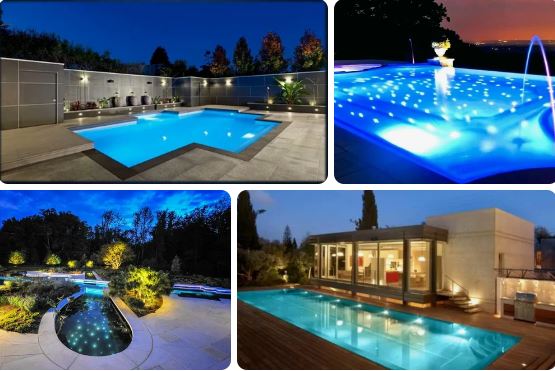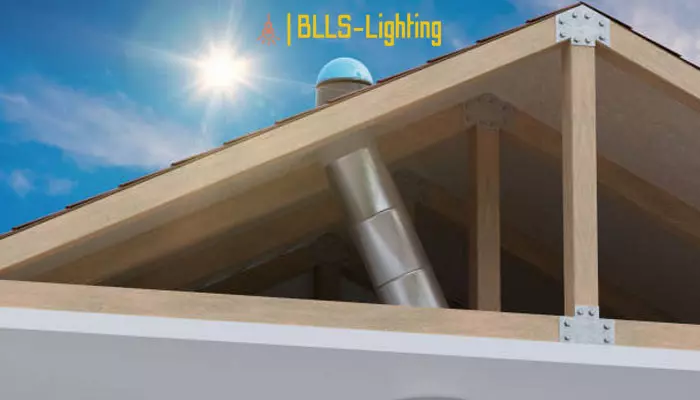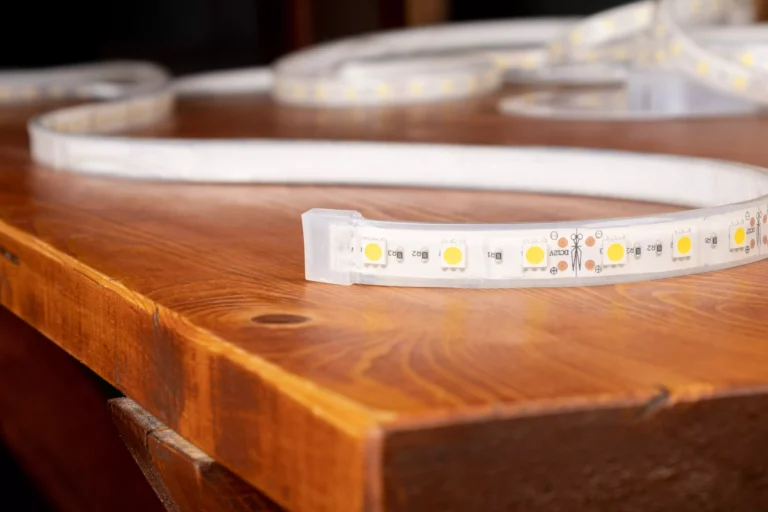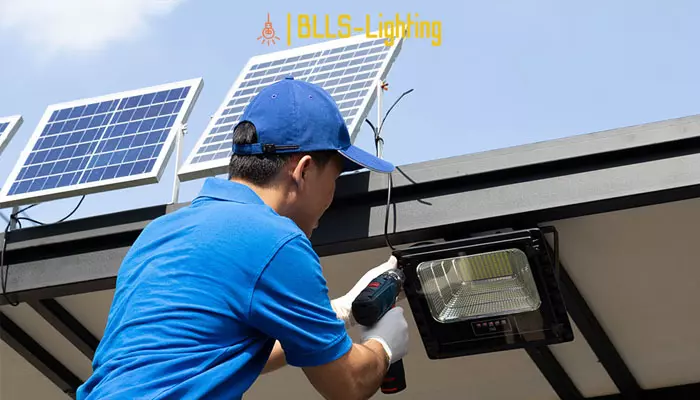As daylight fades and the night takes over, the ambiance of your outdoor area can undergo a mesmerizing transformation with a brilliantly illuminated pool. Whether you’re hosting a vibrant poolside gathering or simply aiming for a peaceful nighttime swim, proper lighting is crucial for both safety and creating the right mood.
In this comprehensive guide, we’ll delve into the necessary steps and considerations on How To Turn On Pool Lights. Beyond the pragmatic aspect of ensuring a well-lit space, mastering the operation of pool lights is essential for optimizing enjoyment and establishing a captivating atmosphere in your aquatic haven.

Choosing a Color or Light Show for Your Underwater LED Pool Light
Main Arguments:
Underwater pool lights offer a vibrant palette of fixed colors and dynamic light shows, transforming your backyard oasis into a captivating nighttime spectacle.
Changing Colors:
Step 1: Turn on the Light: Flip the pool light switch to activate the light.
Step 2: Cycle through Colors: Turn off the light, wait a moment, then turn it back on. This will advance to the next color in the sequence.
Step 3: Explore Light Shows: Repeat step 2 to continue cycling through colors and pre-programmed light shows.
By exploring the various color options and light shows, you can tailor the ambiance of your pool to suit your mood or create a mesmerizing display for guests.
Additional Creative Possibilities:
Dive into a world of “pool lighting ideas” to unlock a spectrum of creative ways to illuminate your pool, enhancing its aesthetics and adding a personal touch to your backyard sanctuary.
How to turn on pool lights with controllers for Pool Lighting
Single Pole Switches for Pool Lights: A Simple Solution
Understanding Single Pole Switches
Single pole switches offer a straightforward way to control pool lights. They feature an on/off mechanism that allows you to easily turn the lights on or off.
How Single Pole Switches Work
Inside the switch, electronic contacts control the flow of electricity to the lights. When the switch is in the closed position, the contacts connect, allowing current to pass through and illuminate the lights. When the switch is opened, the contacts disconnect, interrupting the current and turning off the lights.
Limitations of Single Pole Switches
While single pole switches are a simple and cost-effective option, they may have some limitations:
- Limited Control: Single pole switches only provide basic on/off control. They do not offer dimming or other customization options.
- Specific Requirements: Single pole switches may not meet specific lighting requirements, such as creating ambient lighting or highlighting certain areas of the pool.

Rotary Switches for Pool Lights: Comprehensive Guide
Main Arguments
1. Rotary Switches for Pool Lights: An Overview
Rotary switches serve as crucial components in pool lighting systems, offering precise control over the on/off functionality and brightness levels of underwater illuminators.
2. Working Principle of Rotary Switches
The operation of rotary switches revolves around the manipulation of a handle. Rotating the handle controls the main contact, thereby activating or deactivating the pool lights. Additionally, a dial on the switch allows for fine-tuning of brightness, enabling users to create the desired ambiance and cater to varying activities.
3. Advantages of Rotary Switches for Pool Lights
Rotary switches provide several advantages in pool lighting applications:
- Precise Brightness Control: They enable users to effortlessly adjust brightness levels to suit different moods and activities, from illuminating the pool for nighttime swimming to creating a subtle glow for moonlit evenings.
- User-Friendly Operation: Rotary switches are exceptionally user-friendly, with a simple rotating motion for on/off control and incremental adjustments for brightness.
- Versatile Compatibility: These switches are compatible with a wide range of pool lighting applications, including incandescent, LED, and halogen lights, offering versatility for various pool designs and preferences.
External Controller for Pool Lights
External controllers offer a convenient way to manage underwater pool lights, adding an extra dimension of control and customization to your swimming experience.
Controller Functionality
External controllers communicate with pool lights using advanced technology, allowing you to remotely change lighting effects with ease. You can use a remote control, control panel, or smartphone app to send commands, altering the appearance of your pool lights based on built-in programs.
Example of Controller (WAKING Lighting)
One reputable provider of external controllers is WAKING Lighting. Their advanced controller offers multiple control options, including remote control, control panel, and smartphone app. The smartphone app connects via Wi-Fi or Bluetooth, providing seamless control over your pool lights.
Considerations for Color-Changing Pool Lights
When installing external controllers for color-changing pool lights, it’s essential to pay extra attention to wiring. The increased complexity of color-changing lights requires careful consideration and proper wiring practices.

Internal Controller’s Role in Pool Lights
The internal controller acts as the brain of pool lights, transmitting signals to the control chips embedded within them. Through this communication, it enables synchronized control of light effects, allowing you to set various lighting modes and intensities as desired.
Heading 2: Example of WAKING Lighting’s Internal Controller
WAKING Lighting’s advanced internal controller empowers remote control and customization of pool lights. It seamlessly connects to a dedicated mobile app via Wi-Fi or Bluetooth, granting you the convenience of tailoring lighting effects from afar.
Heading 3: Compatibility Considerations
Internal controllers are typically designed to be brand-specific, ensuring optimal functionality with the corresponding pool light’s built-in program. This tailored compatibility ensures seamless integration and reliable control over your pool’s illumination.

DMX512 Lighting Control System
Key Features:
- International Standard for Lighting Control: DMX512 is a widely recognized communication protocol used in underwater lighting applications.
- Precision Lighting Control: Enables precise adjustment of lighting intensity, color, and effects through digital signals.
- Preset Functionality: Allows for quick and easy recall of pre-programmed lighting scenes.
Compatibility Considerations:
- Luminaire Power Cable Modification: May require alterations to accommodate DMX512 connectivity.
System Suitability:
- Advanced Control for Large Installations: Ideal for complex lighting setups in extensive pools or water features.
- Simplification for Smaller Pools: Simpler control options may be more suitable for smaller pools and installations where advanced lighting effects are not essential.

Why Are My Pool Lights Not Turning On?
Pool lights may fail to turn on due to various reasons, including:
- Power Supply Issues: Ensure the power supply is active and the wiring is intact.
- Faulty Light Bulb: Inspect the bulb for damage and replace it if necessary.
- Wiring Problems: Verify the functionality of the wiring system and troubleshoot any errors.
- Controller Malfunctions: Check the remote control, verify battery life, and confirm that there are no obstacles interfering with signal transmission.
FAQ:
What steps should I follow to activate the pool lights?
Follow these steps:
- Identify the pool light switch or control panel.
- Ensure the power supply is connected.
- Flip the switch to the “on” position or use the control panel to activate the lights.
Is there a switch specifically for the pool lights?
Yes, look for a switch near the pool area specifically labeled for the pool lights. Activating this switch should turn on the lights.
What should I do if my pool lights are not turning on?
If your pool lights are not turning on, check the power supply, inspect the light bulbs for damage, and ensure the wiring is intact. If issues persist, consider seeking professional assistance.
Are there any safety precautions to consider when turning on pool lights?
Ensure the pool area is dry before attempting to turn on the lights. If you encounter any electrical issues or concerns, it is advisable to consult with a qualified electrician.
Do I need to check the power supply before turning on the pool lights?
Yes, it’s essential to confirm that the power supply to the pool lights is connected and functioning properly before attempting to turn them on.
Can I use a remote control to turn on my pool lights, and how does it work?
Depending on the pool lighting system, you may be able to use a remote control. Refer to the product manual for instructions on syncing the remote with the pool lights.
What do I do if the pool lights turn on but are not as bright as usual?
If the pool lights are dim, check for issues such as a damaged bulb or poor electrical connections. Replace the bulb if necessary and ensure all connections are secure.
Is it possible to program the pool lights to turn on and off at specific times?
Some pool lighting systems offer programmable features. Consult the product manual or control panel instructions for guidance on scheduling specific times for the pool lights.
Which type of controller should I purchase?
When choosing a lighting control system, it is essential to consider the specific needs of your application. For regular users, I recommend purchasing a color-changing LED light system and consulting with the supplier to recommend a suitable control system for your use case.
For larger or more complex lighting projects, DMX512 is often a requirement. The flexibility of DMX512 will also safeguard your project in case you need to switch to a new lighting product supplier due to cost or quality considerations.
It’s crucial to understand that, in addition to international DMX512 controllers, the light switch systems from different manufacturers may vary. Therefore, when replacing pool lights or controllers, you must confirm whether the new equipment is compatible with the existing setup. Failure to do so may result in the newly purchased pool light switch not functioning correctly.
In conclusion, mastering the art of turning on pool lights not only enhances safety but also transforms your outdoor space into a captivating oasis. The proper illumination sets the stage for enjoyable poolside gatherings or tranquil evening swims.
If you’re curious about the longevity of these illuminating features, consider delving into the topic of “how long do pool lights last“. Understanding the lifespan of pool lights will provide valuable insights into maintenance and ensure a consistently enchanting ambiance in your aquatic retreat.








